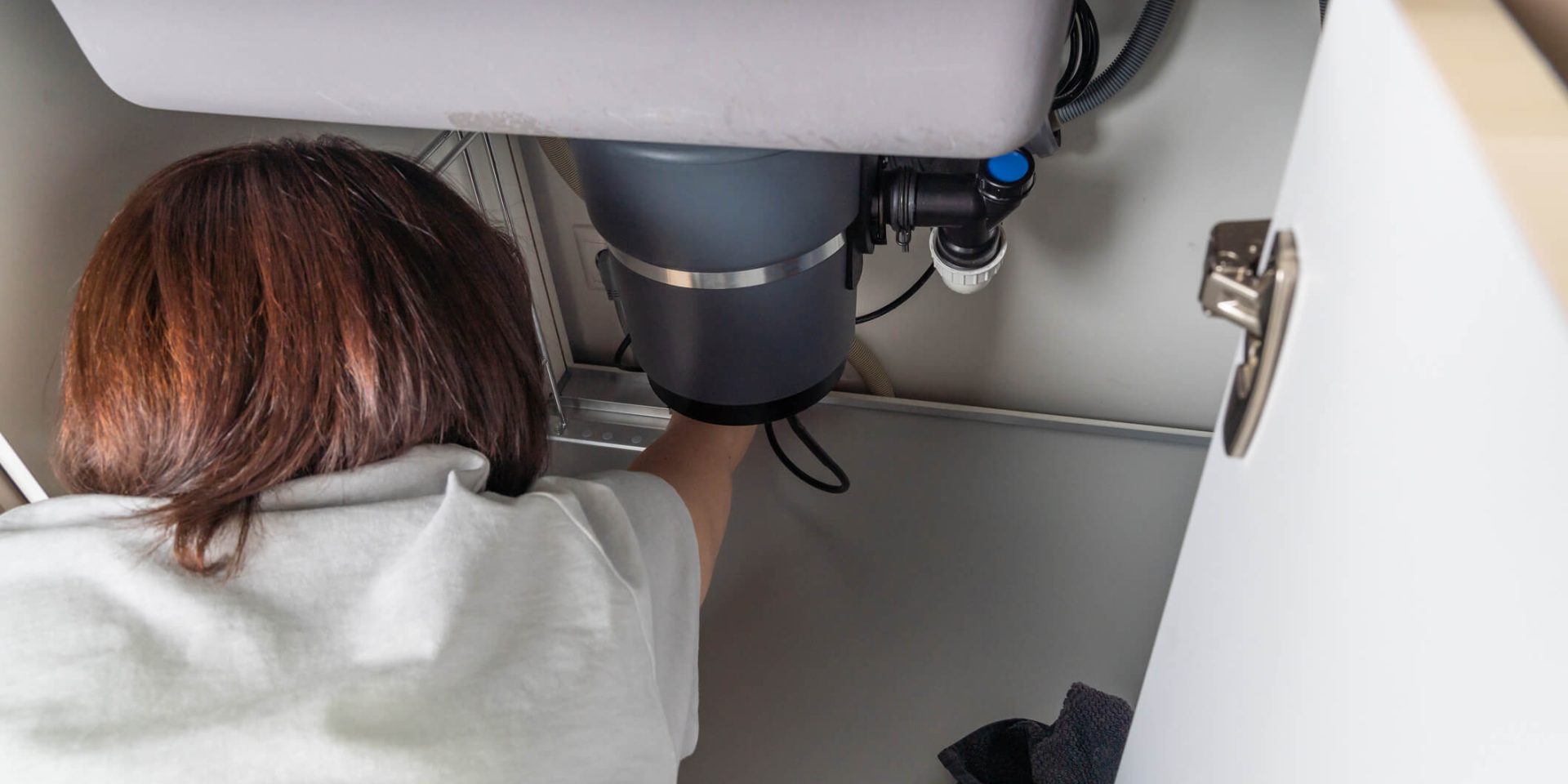Speedy Solutions for Fixing a Dripping Waste Disposal Unit
Speedy Solutions for Fixing a Dripping Waste Disposal Unit
Blog Article
We've discovered this great article relating to Why Is directly below on the web and thought it made good sense to relate it with you in this article.

Waste disposal unit are important kitchen devices that assist in throwing away food waste successfully. Nevertheless, a dripping garbage disposal can be an aggravating and unpleasant issue to manage. Thankfully, lots of leakages can be dealt with conveniently with a couple of simple steps. In this article, we will certainly review just how to fix a dripping waste disposal unit effectively.
Intro
Garbage disposals are mounted under cooking area sinks and are created to shred food waste right into smaller sized pieces, enabling it to pass through the plumbing system easily. While these gadgets are generally dependable, leaks can happen over time due to damage, loose links, or damages to the device.
Usual Causes of Leakages in Waste Disposals
Worn Seals and Gaskets
Seals and gaskets play a crucial function in protecting against water from leaking out of the waste disposal unit. With time, these parts can deteriorate, causing leakages around the disposal unit.
Loose Connections
The connections between the garbage disposal and the plumbing system can end up being loose over time, causing water to leak out during operation.
Splits or Openings in the Disposal Device
Physical damages to the waste disposal unit, such as splits or openings in the housing, can also result in leakages.
Determining the Source of the Leakage
Before attempting to deal with a dripping garbage disposal, it is essential to determine the resource of the leakage. This can normally be done with aesthetic assessment or by conducting straightforward tests.
Visual Examination
Check the waste disposal unit system carefully for any type of indicators of water leak. Pay close attention to areas around seals, gaskets, and connection points.
Examining for Leaks
One method to check for leakages is by running water via the disposal unit and checking for any visible signs of leakage.
Tools and Materials Needed for Repairing a Leaking Garbage Disposal
Before starting the fixing procedure, collect the essential devices and products, including a screwdriver, adjustable wrench, plumbing's putty, replacement seals or gaskets, and epoxy or patching material for repairing splits or openings.
Step-by-Step Guide to Fixing a Dripping Waste Disposal Unit
Turn Off the Power
Before trying any type of repair work, ensure that the power to the waste disposal unit unit is switched off to prevent the danger of electric shock.
Locate the Leakage
Recognize the precise area of the leak and figure out the reason.
Tighten Connections
Make use of a wrench to tighten any loose links in between the disposal device and the pipes system.
Replace Seals or Gaskets
If the leak is due to worn seals or gaskets, get rid of the old components and replace them with brand-new ones.
Patching Cracks or Holes
For cracks or holes in the disposal system, usage epoxy or an ideal patching product to secure the damaged location.
Examining the Waste Disposal Unit After Repair
Once the repair work is total, evaluate the garbage disposal by running water via it to guarantee that the leak has actually been solved.
Preventive Maintenance Tips to Avoid Future Leaks
To stop future leaks, it is necessary to perform regular upkeep on your garbage disposal. This consists of keeping it clean, staying clear of putting non-food things or hard things down the disposal, and periodically looking for leakages or various other issues.
Conclusion
In conclusion, dealing with a dripping waste disposal unit is a reasonably simple procedure that can be completed with fundamental devices and products. By following the steps detailed in this write-up and exercising preventive maintenance, you can keep your garbage disposal in good working condition and avoid costly repairs in the future.
HERE’S HOW TO FIX YOUR GARBAGE DISPOSAL
WHAT TO DO IF SOMETHING IS STUCK IN YOUR GARBAGE DISPOSAL
If the impeller won’t turn, there’s probably something stuck in the disposal. It could be a steak bone or peach pit, although plumbers report pulling all sorts of inappropriate objects out of disposals, such as bottle caps or aluminum foil. Make sure power to the disposal is off, and look inside to see if you can see the source of the jam.
Never stick your fingers in a disposal. Pull out anything you see with tongs or pliers.
If the disposal still won’t work, it may be time to call a plumber or consider buying a new disposal. GEM Plumbing & Heating is here for all of your garbage disposal needs.
WHAT TO DO IF YOUR GARBAGE DISPOSAL DRAIN IS CLOGGED
Take everything out from underneath your sink and put a bucket or other container under your disposal to catch any water that drains out. Disconnect your disposal from the power supply. If it’s plugged into a wall outlet, unplug it. If it’s hardwired into an electrical box, go to the electrical panel and turn off the breaker for the disposal. Pour ¼ cup of baking soda into the drain, followed by ½ cup of white vinegar. Give the solution a few minutes to fizz and do its work. Look into the disposal with a flashlight to see if you can see an object that might be causing the clog. If you see it, remove it using tongs or pliers. MORE TIPS ON DEALING WITH A CLOGGED GARBAGE DISPOSAL
Never use drain cleaner in a garbage disposal. It can damage the plastic parts inside the disposal. You can also be splashed with the caustic liquid while working to clear the clog. Beware! Never stick your fingers into a garbage disposal. Trust us — not a good idea. In many instances, your dishwasher drains through your garbage disposal. This allows the disposal to grind any large food particles that may be drained out of your dishwasher. There are some jurisdictions, however, where the plumbing code prohibits such a connection. WHAT TO DO WHEN YOUR DISHWASHER DRAINS THROUGH THE DISPOSAL
Run some water in the sink so your plunger has at least a ½-inch of water to create a seal and plunge vigorously up and down several times. You may need to repeat this several times. Run hot water down the drain to clear any residue that remains.

We were introduced to that editorial on Why Is through a good friend on a different web property. Are you aware of anybody else who is excited by the niche? Be sure promote it. I value reading our article about Why Is .
Book Service Now Report this page